Gustav Storey, pioneer of the American Arts and Crafts Movement
"Gustav Stickley's Artisan Farm in Morris Plains, New York, is like entering another world - nirvana for devotees of the American Arts and Crafts movement."
This early log structure, now more than 100 years old, is a lasting showcase of astute designers, industrialists, and forward-thinkers. Its architectural style and "Stickley" American furniture, as well as its approach to design and ideas influenced American furniture and architecture at the turn of the twentieth century and beyond. For fans of Stickley or Mission furniture , this is a must-see.
This 30-acre National Historic Landmark is the 1911 estate of renowned designer Gustav Stickley, known for his multiple roles as a living designer, philosopher, publisher, social critic and leader of the American Arts and Crafts Movement .
The centrepiece of the park-like estate is Stickley's massive log building, now a historic house museum. Today a major restoration and refurbishment has been undertaken throughout the building, including the restoration of the master bedroom in the log house.
The museum offers many educational programs and displays, and the log main house is open year-round. There is also a cabin on the north side, a charming bungalow, one of nine Stickley field structures, which can be used to record special open house programs by appointment.
Stickley Craftsman Farm Museum, why is it also called a Craftsman-style house?
The Stickley Museum at Craftsman Farms in northern New Jersey has the answer. Craftsman Farms was the vision of Gustav Stickley (1858-1942). Stickley wanted to create a working farm and school to give boys an experience to learn and practice manual arts and crafts. Visit this 30-acre utopian community and you'll get a gut-punch of American . Get a glimpse of what was taught back then when you visit the Stickley Museum at Craftsman Farms.
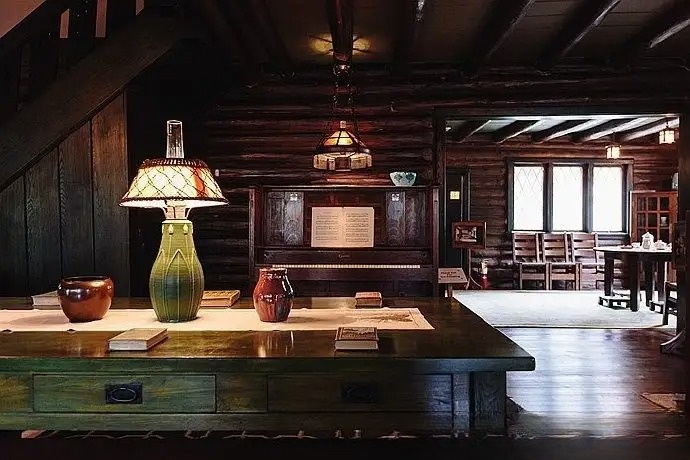
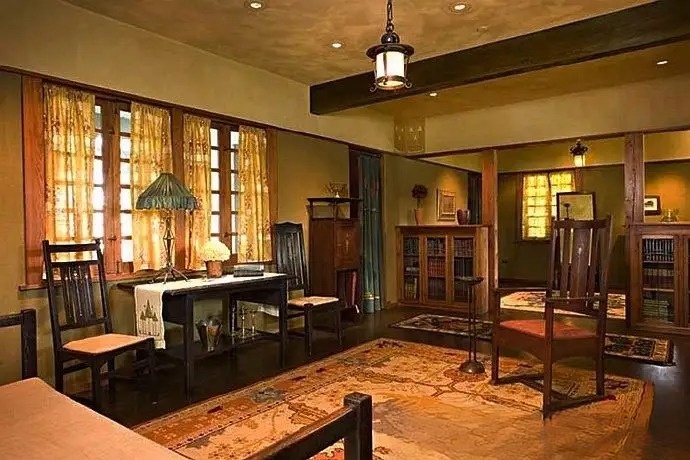
What is the Arts and Crafts Movement?
As mass production spread to industrialized nations, the writings of British-born John Ruskin (1819-1900 ) profoundly influenced public reaction to mechanized manufacturing. Ruskin's core beliefs about the drawbacks of simple, impersonal handcrafting , respect for the environment and natural forms, and the use of local materials sparked interest in mass production. Another Englishman, William Morris (1834-1896), protested industrialization, laying the foundation for the Arts and Crafts movement in Britain . American furniture designer Gustav Stickley embraced the ideals of the British Arts and Crafts community and used them as the cornerstone of his own theoretical practice.
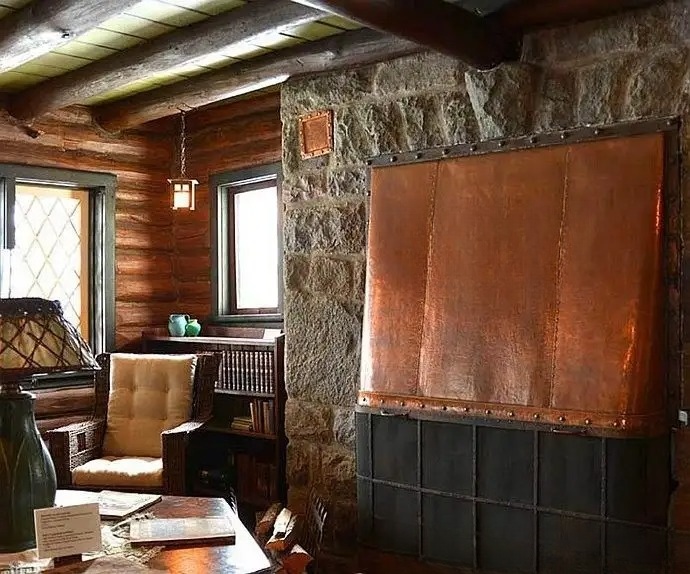
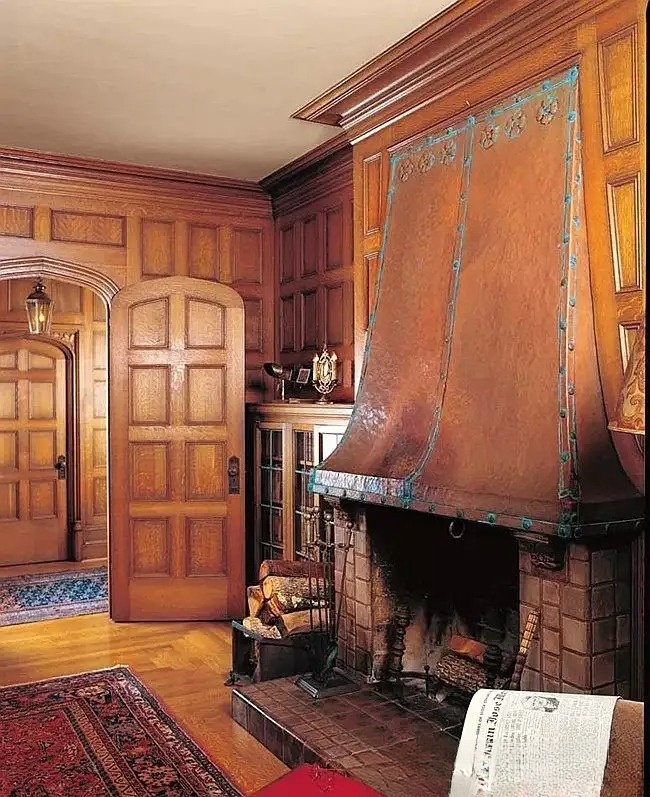
Gustav Stickley was born in Wisconsin in 1858 and began learning stonemasonry from his father and working on the family small farm. By 1876, the Stickley family moved to Pennsylvania, where Gustav began learning to make furniture in his uncle's workshop. This eventually led to Gustav joining the well-established international Arts and Crafts movement in the 1890s. Before long, Stickley became one of the movement's leading American figures, and his "Craftsman" magazine became a leading advocate of the movement's ideals. It ran from 1901 to 1916. The magazine influenced architecture throughout the United States with its Arts and Crafts perspectives and free architectural plans.
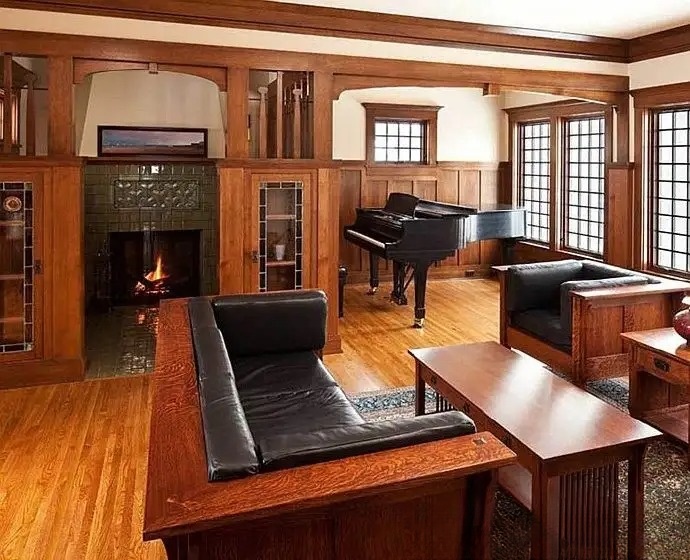
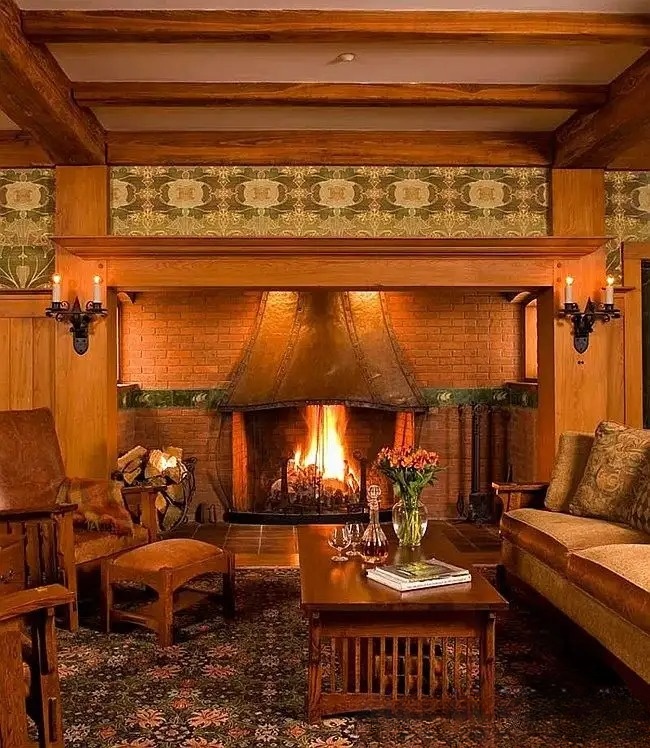
Stickley is best known for his Mission furniture collection, which follows the philosophy of the Arts and Crafts movement - simplicity, careful design , handcrafting and the use of natural materials. Most of them are defined by simple and solid structures, all with exposed mortise and tenon structures, without a single nail. Its practical function and decorative effect depend entirely on honest structure. Stickley calls his mission to create his own style of furniture craftsman and architect.
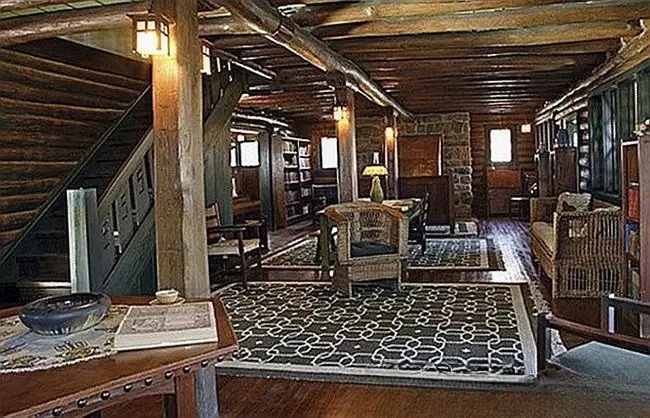
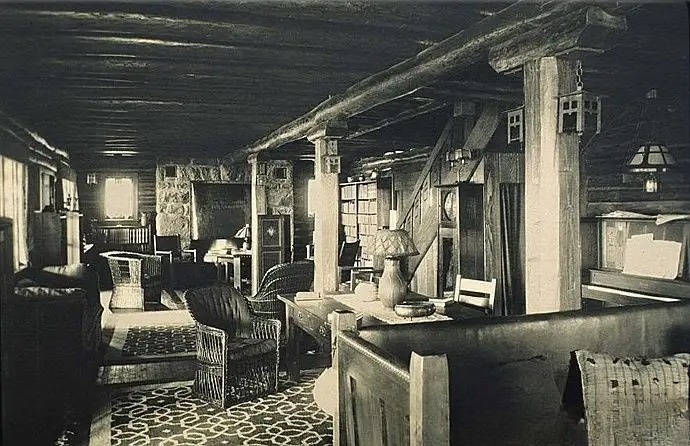
Artisan's Farm
Originally, Stickley envisioned the farm in Morris County as a clubhouse , and as a self-sufficient vegetable, dairy, meat, and other production facility. He built the log cabin and the Artisan Farm in 1911, and from 1911 to 1915 (when he filed for bankruptcy), the cabin was considered one of the most important sites of the Arts and Crafts movement in the United States .
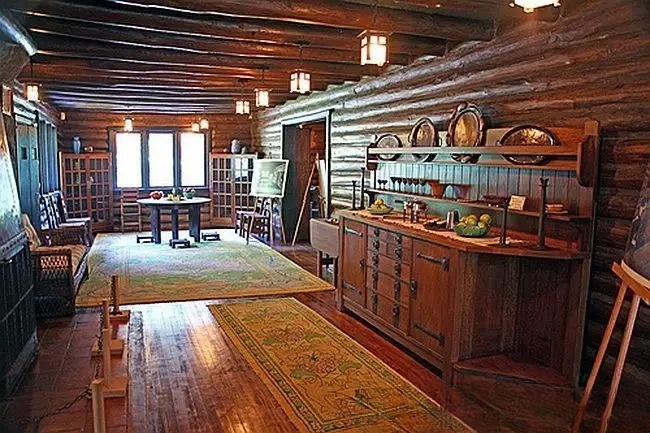
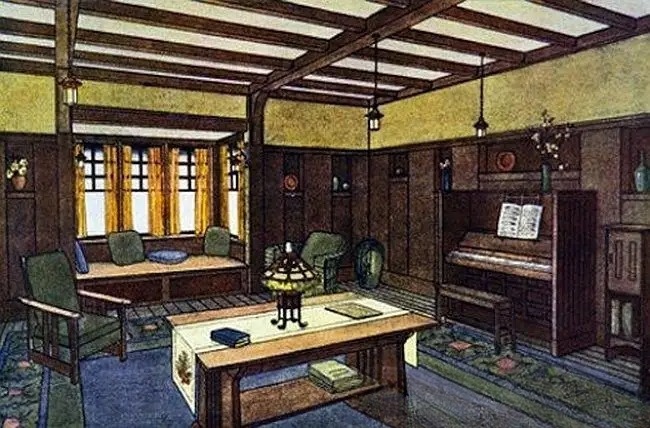
Since 1917, George and Sylvia Wurlitzer Farny have owned the property and have used it as a private residence, but it has retained much of its original furnishings and other heritage items and has survived the threats of time and development. Today, Craftsman Farm features 30 acres of meadows, wooded areas, walking trails, and ponds and streams. Buildings on the property include several support buildings, three cottages, a calf barn, the ruins of a dairy barn, and the original log cabin, which has been fully restored to its 1910-1917 appearance. The gravel walks around the museum and tables under the tall trees are also ideal for picnics.
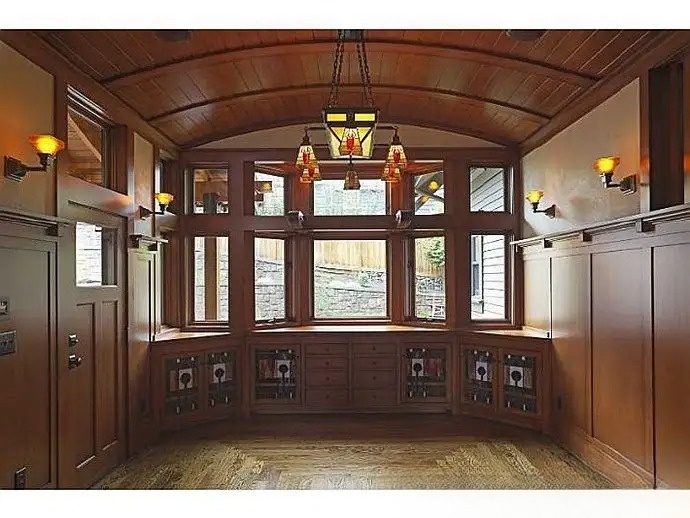
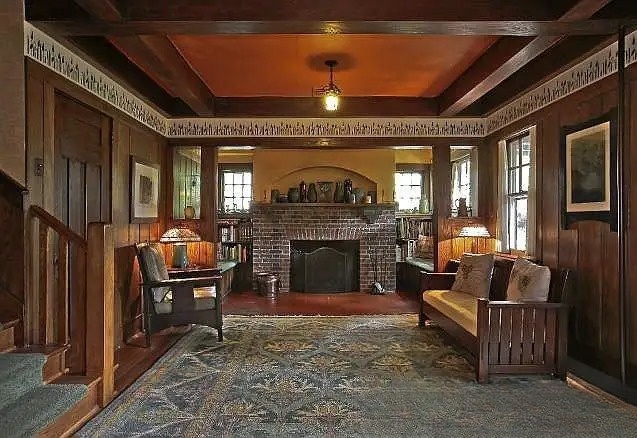
Log Cabin Collection
In addition to exploring the grounds and the log cabin itself, visitors to the Cultural and Heritage Museum can learn about the many growing collections of Stickley furniture, much of which is original to the log cabin.

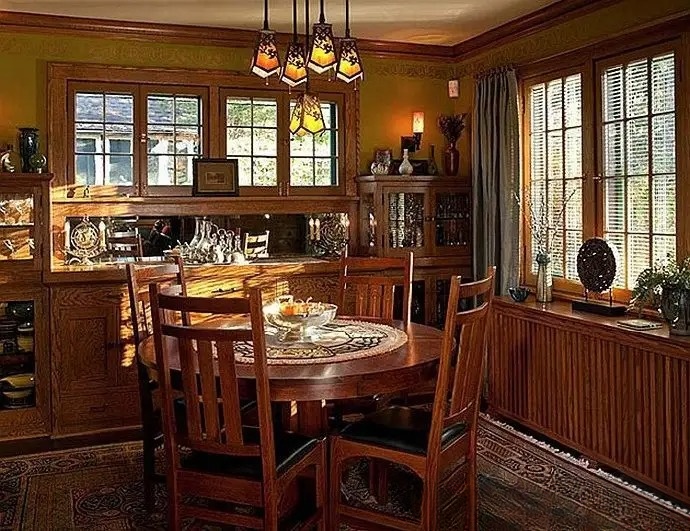
The furnishings include pottery, textiles and metalwork, hundreds of archival documents and photographs – although some of the most important pieces are iconic furniture pieces. The museum also invites visitors to experience Arts and Crafts life. The North Cottage, an original cottage , features touchable Arts and Crafts furnishings, and visitors can sit in original chairs and gently experience the Arts and Crafts ideals of the era.
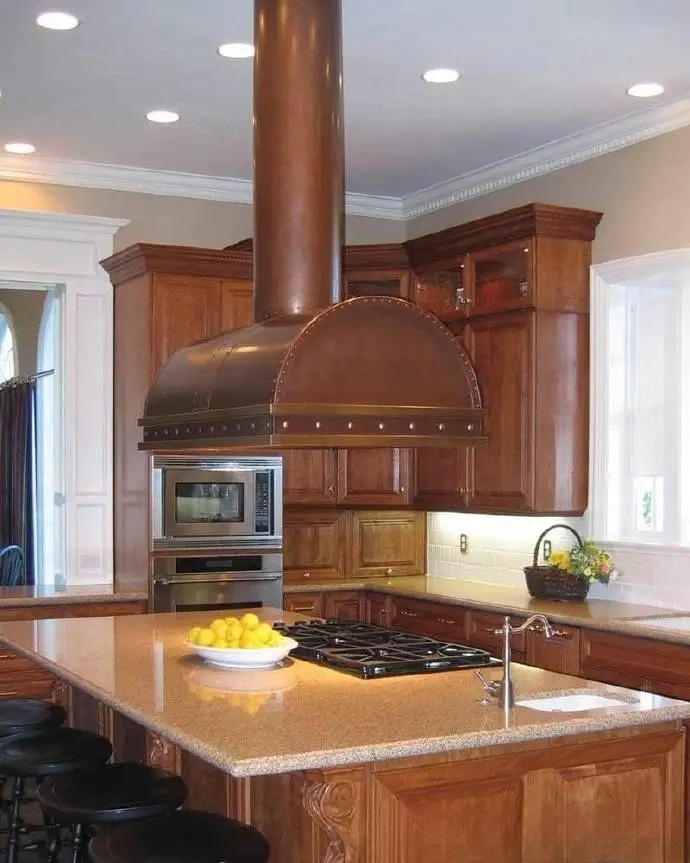
American Craftsman Bungalow:
The architectural features associated with the Arts and Crafts style conform to the philosophy set forth by Stickley in The Craftsman, known as the " American Craftsman Bungalow." He wrote in The Craftsman: "Based on the idea of the log cabin, the house is simplified to its intrinsic elements, first of all the naked beauty of the logs themselves, the long lines and the solid curves, which are not hidden under , but are clearly displayed, and there is a charm felt in log cabin architecture. The quiet rhythmic beams of the log walls are full of rhythm, bringing a rural peace to even a secluded corner in the woods."
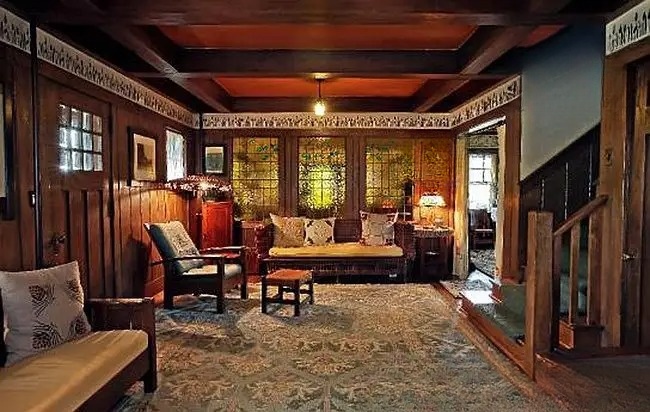
Between about 1905 and 1930, this style permeated American home architecture. On the West Coast, this architectural design became known as the California Bungalow after Greene's production, their 1908 Gamble House being the best example. On the East Coast, Stickley's house plans became known as the Craftsman Bungalow, named after "Stickley" magazine. The word "Craftsman" was more successful than Stickley magazine --- it became any work of architecture that was well-crafted, natural, and traditional, and it began with the Craftsman Farms in New Jersey.

Technically, Craftsman-style homes are only those whose design plans and drawings were published by Stickley in The Craftsman magazine . Gustav Stickley designed small cottages for the Craftsman farm, and the design plans and drawings were always available free of charge to subscribers of The Craftsman. However, the popular "Arts and Crafts" American bungalow style is associated with the Craftsman, even if it was not a Stickley design. Craftsman house colors are typically earth tones that relate to the environment and natural forms advocated by the Arts and Crafts movement.
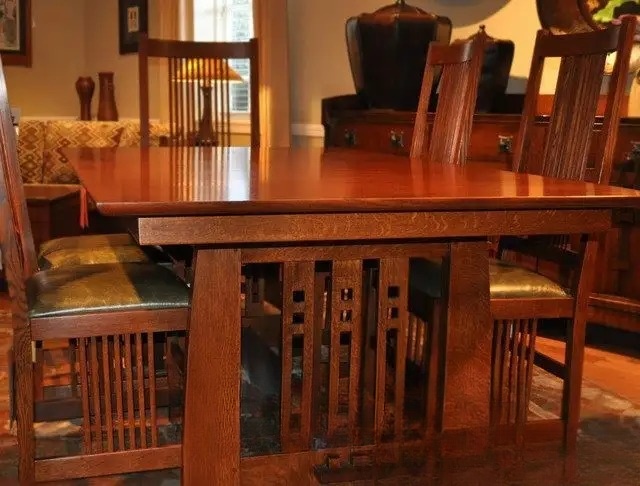
postscript:
Gustav Stickley (1858-1942)
He moved to New York City in 1905 with plans to establish a boarding school for boys in Morris Plains, New Jersey (now Parsippany, New Jersey) . The Artisan Farm was designed to be self-sufficient, complete with a vegetable garden, orchard, dairy cows, and chickens. The main buildings were constructed from chestnut logs and stone found on the property, exemplifying Stickley's architectural philosophy.
Although the main house at Craftsman Farms was originally designed as a student clubhouse, financial difficulties forced Stickley to move in . The planned boarding school never became a reality.
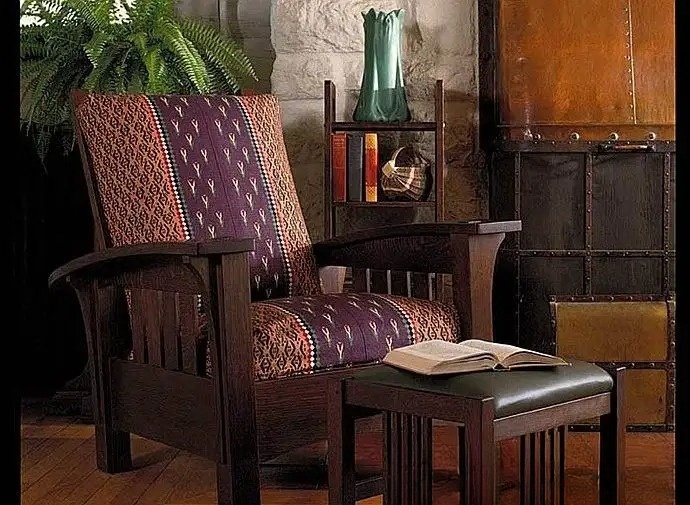
Stickley was a poor businessman, and the American public began to reject his simple furniture as unfavorable to the Revival style. In 1915, he filed for bankruptcy, stopped publishing The Craftsman in 1916, and sold Craftsman Farm in 1917.
Gustave Petrie died on April 21, 1942.
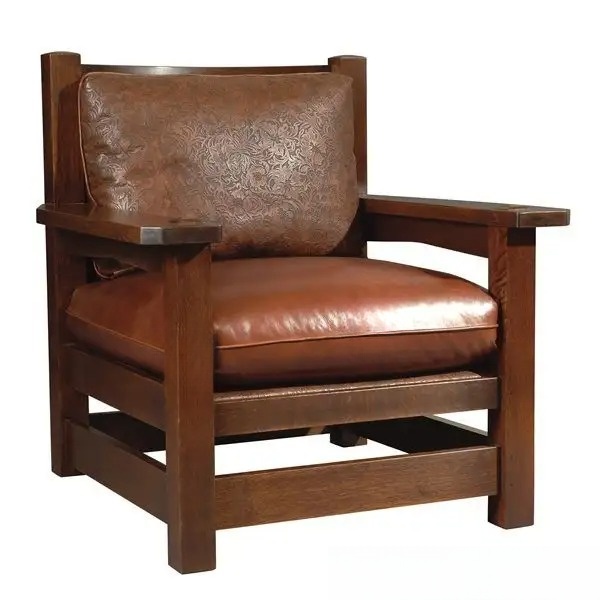
Gustav Stickley is known today as the founder of "Craftsman Furniture" and was a proponent of the Arts & Crafts philosophy in design , literature, and life. At the height of his career, his furniture was sold throughout the country, in craftsman homes built in many areas, and "Craftsman" magazine was widely read. After bankruptcy in 1915, Stickley was forgotten until the 1970s, when his importance as a designer and spokesman was rediscovered by a new generation.
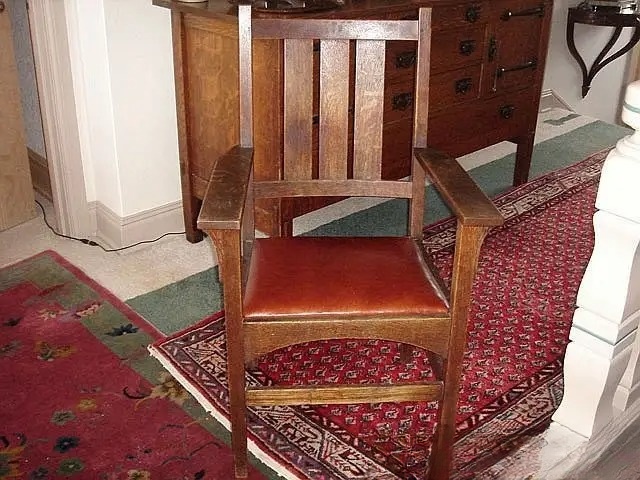
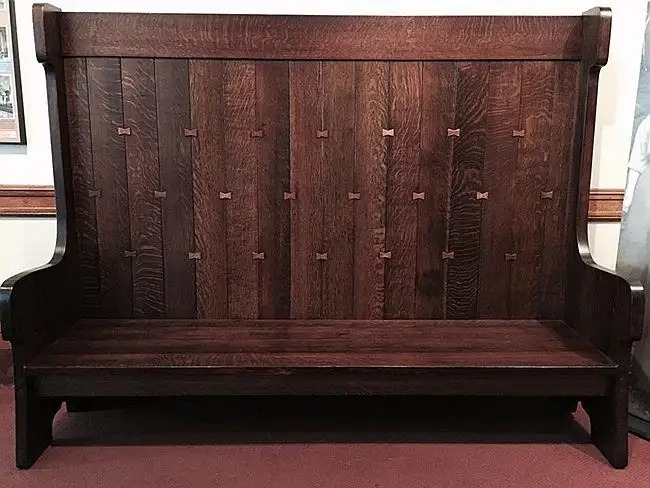
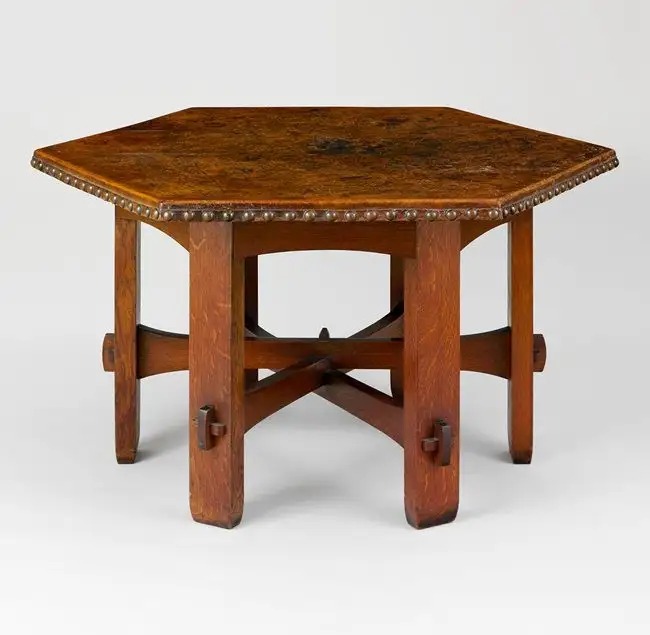
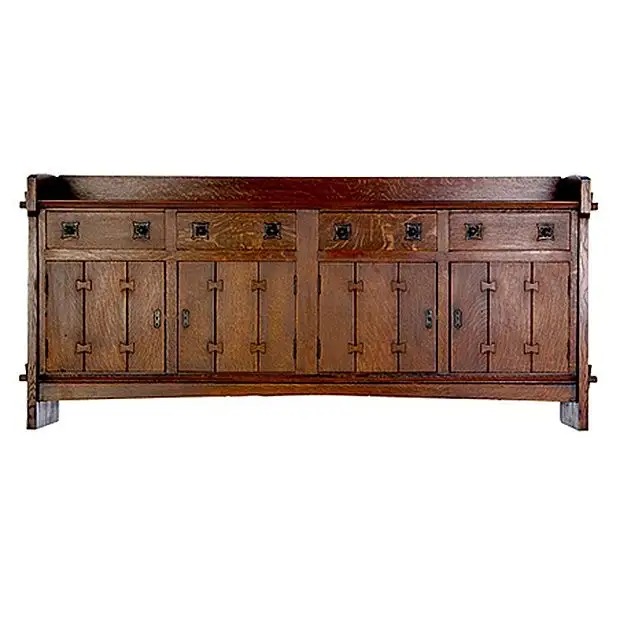
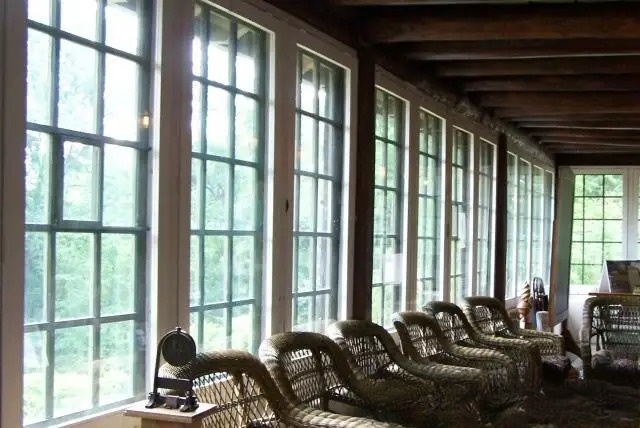
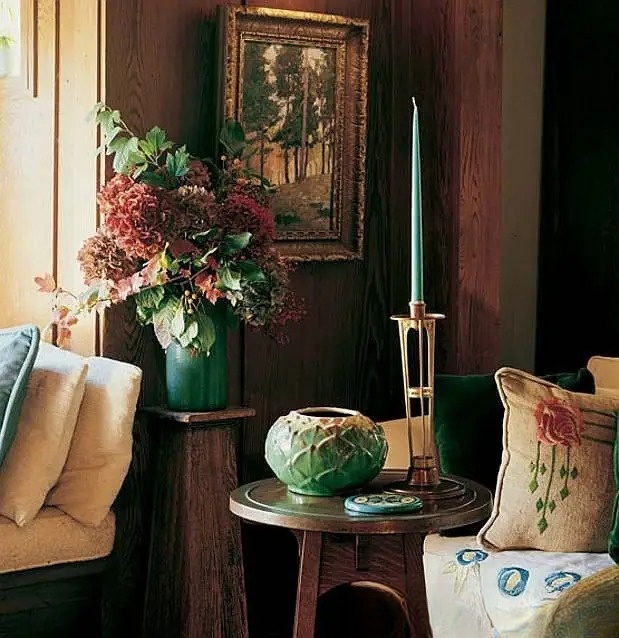
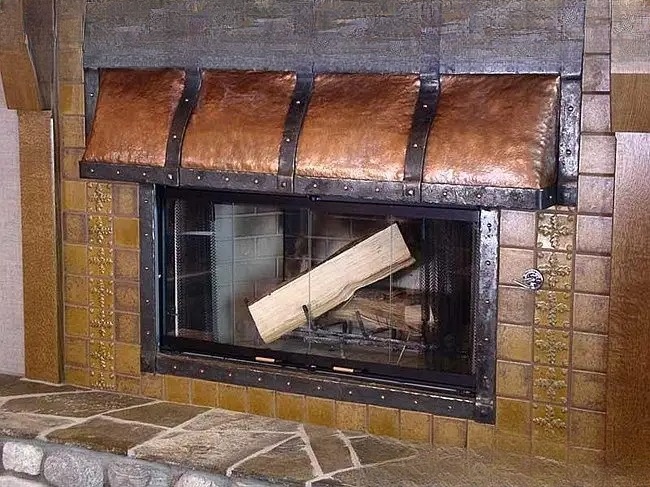
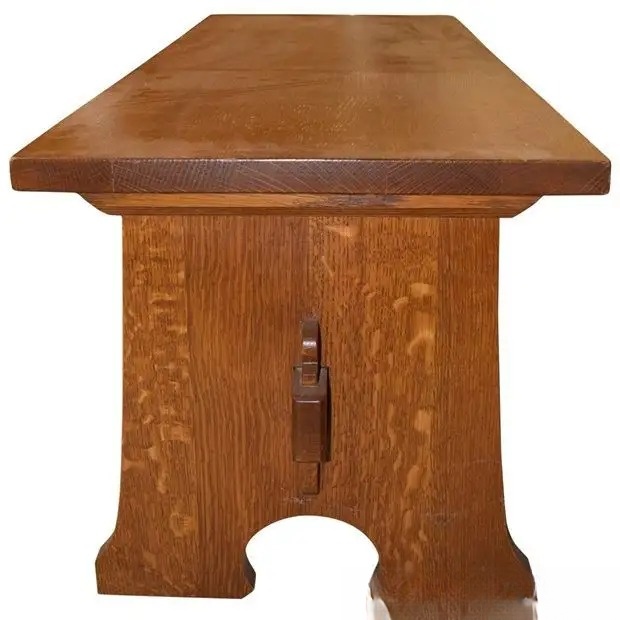
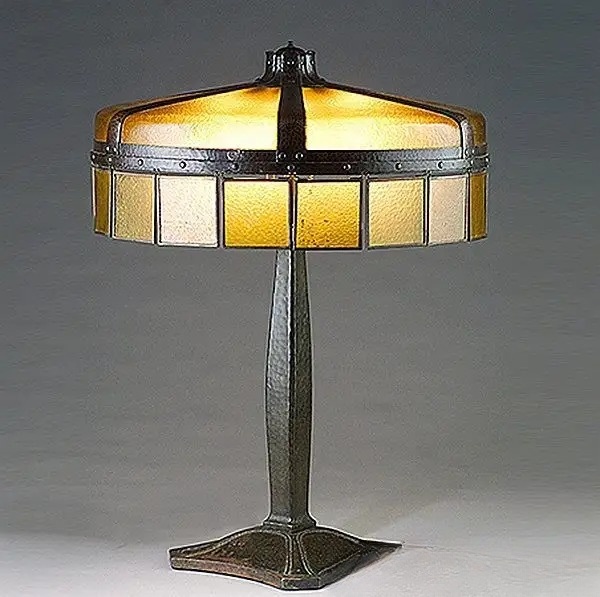
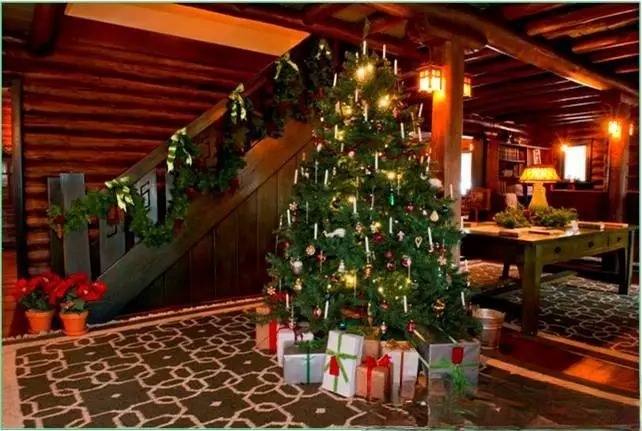
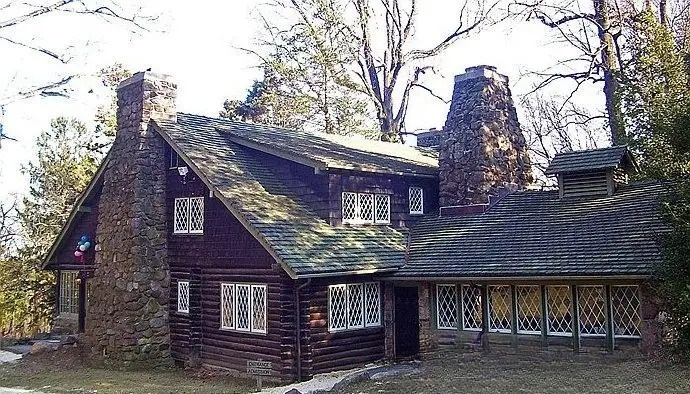
http://www./
https:///history/gilded-age/the-stickley-museum-craftsman-farms
https://www./web/entry?id=15228
http://www./closeups/antiques/gustavStickleyArmChair.
html